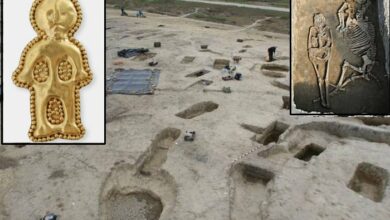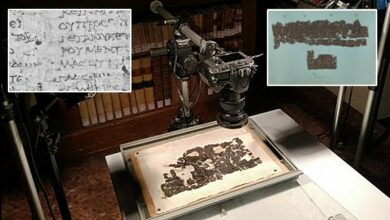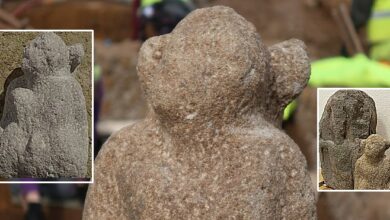Mysterious Disappareance Of Philip Christoph Königsmarck – Where Is The Swedish Count Buried?

Ellen Lloyd – AncientPages.com – Philip Christoph Königsmarck, a Count from Sweden who lived from 1665 to 1694, was a man who had adversaries. Looking back at history, it is obvious some individuals harbored intentions of eliminating him. On the morning of July 2, 1694, Count Königsmarck vanished without a trace. The details surrounding his disappearance and the location of his remains remain unknown to this day.
Count Königsmarck’s Forbidden Lova Affair
Count Königsmarck lived an adventurous life, but it was his love affair that got him into trouble.
Following his travels and battles across different regions of Europe, he became a part of Ernest Augustus’s service, the Elector of Hanover, in 1689. While in Hanover, he also initiated a romantic relationship with Sophia Dorothea, an acquaintance from his childhood. This marked the beginning of a love affair that would unfortunately culminate in tragedy years later. At the age of 16, Sophia Dorothea had been promised to his cousin, Elector Georg Ludwig, who ascended to the throne as King George I of England in 1714. Chances that Count Königsmarck’s and Sophia’s love affair would last were slim.
Philip Christoph von Königsmarck aided her in several unsuccessful attempts to flee from Hanover. Known for his romantic relationship with the princess, which is evidenced by numerous love letters now kept at the University of Lund, he was captured and mysteriously vanished from historical records.
Following a rendezvous with Sophia, he mysteriously vanished from Leineschloss castle. Historical analysts speculate that George Louis might have orchestrated his murder, and his remains were likely discarded in a river, possibly the Leine, in Germany. It’s rumored that two individuals involved in his death made confessions years later.
Sophia Dorothea divorced her husband in December 1694 and was confined to Ahlden castle. She spent her remaining years there and in the neighboring city until she passed away at 60 in 1726.
In the midst of the divorce process, she confessed her plans to flee under Königsmarck’s safeguard to Duke Anton Ulrik of Braunschweig-Wolfenbüttel. However, she firmly denied any adulterous relationship with Königsmarck. The credibility of this claim is somewhat supported by their preserved correspondence – around 300 letters in total. Regardless of these allegations, the legitimacy of her children – future King George II of England (born 1683) and Sofia Dorotea (born 1687), mother to Frederick II of Prussia – remains unchallenged.
The supposed correspondence between Königsmarck and Sophia Dorothea, largely publicized by William Henry Wilkins in his work “The Love of an Uncrowned Queen” (1900), remains a topic of debate. There’s no concrete proof that Sophia Dorothea was involved in any illicit affair with Königsmarck, as the authenticity of these letters is questionable. Yet, her alleged guilt or innocence continues to be a captivating topic for romantic narratives and speculation.
Where Is The Body Of Philip Christoph von Königsmarck?
During an excavation at Hanover Castle, also known as Leineschloss (Leine Castle), scientists stumbled upon a skeleton that could potentially shed fresh light on this longstanding mystery. This castle, once home to the kings of Hanover in Germany, has a rich history dating back to the 12th century when it was originally established as a Franciscan Monastery.
Left: Philipp Christoph von Königsmarck (1665-1694). Credit: Public Domain – Right: Sophia Dorothea of Celle (1666-1726). Credit: Public Domain
In the midst of a castle renovation on August 10, 2016, construction workers stumbled upon old human remains buried deep, eight meters under the earth. Specialists were called in to examine these bones and tissue but couldn’t pinpoint a cause of death. The initial assumption was that they had uncovered Königsmarck’s remains.
However, further analysis revealed a more complex picture – some bones belonged to animals, and the human ones were from at least five distinct skeletons. Unfortunately, none could be definitively linked to Count Königsmarck.
The death and disappearance of Count Königsmarck remains a royal murder mystery.
Written by Ellen Lloyd – AncientPages.com
Copyright © AncientPages.com All rights reserved. This material may not be published, broadcast, rewritten or redistributed in whole or part without the express written permission of AncientPages.com






